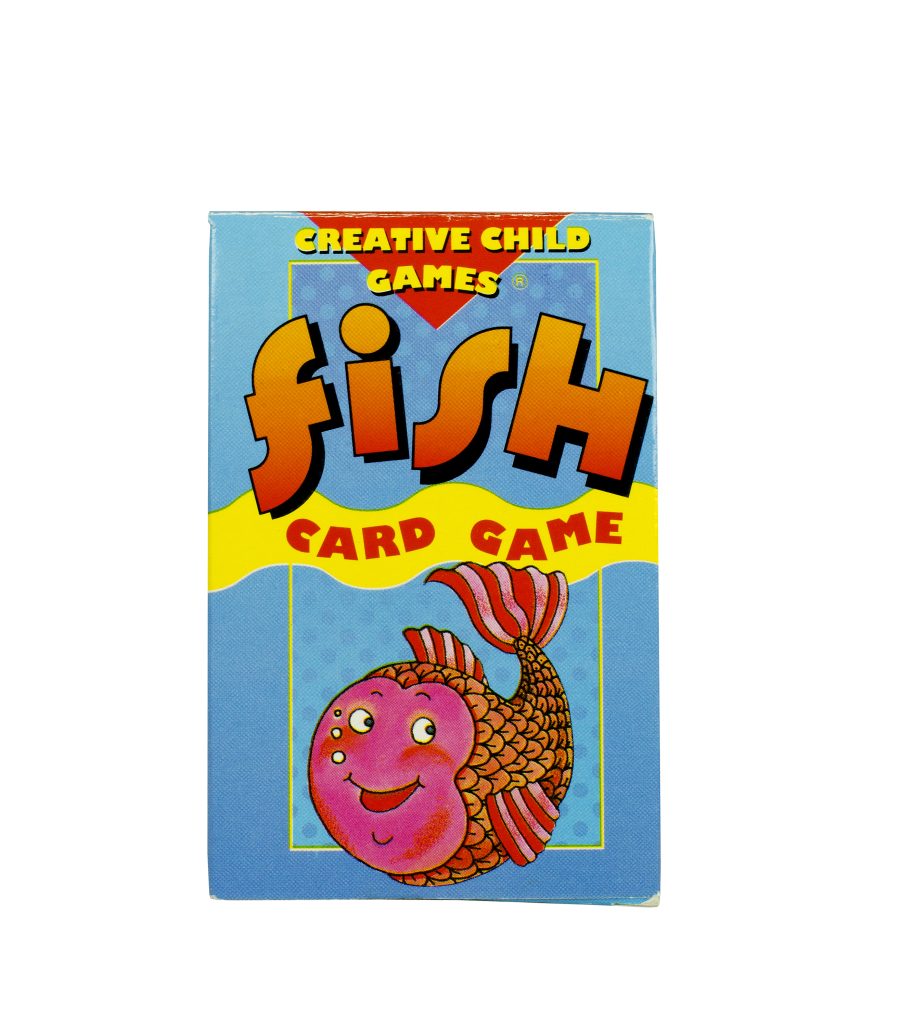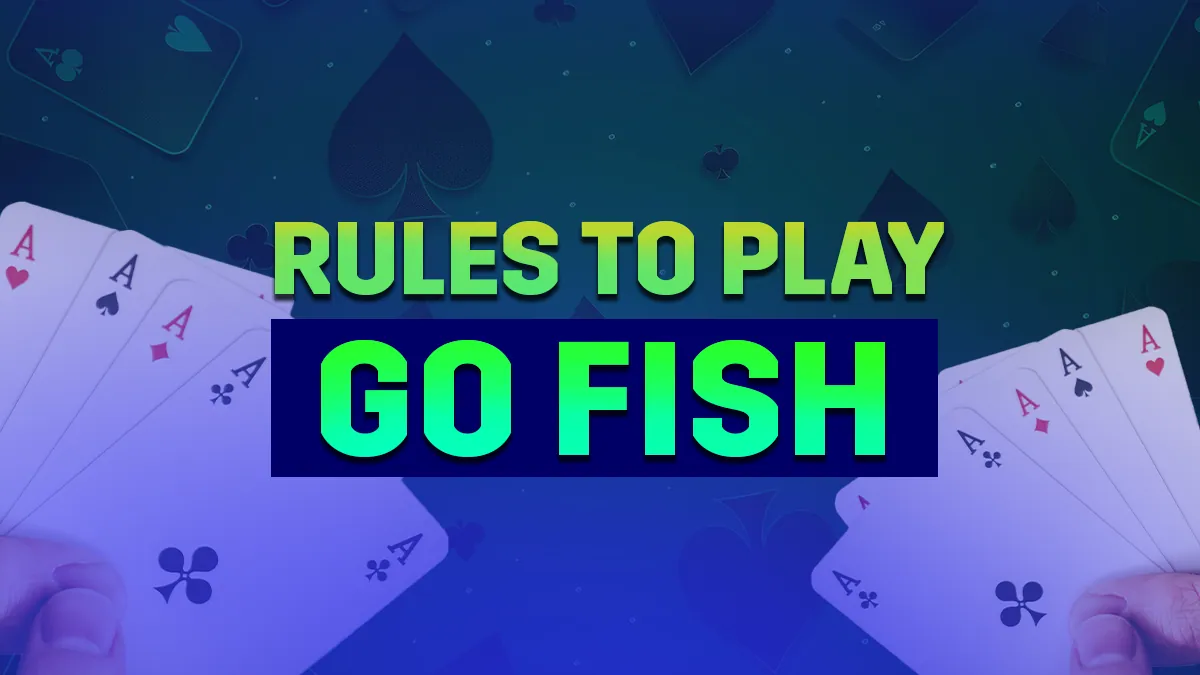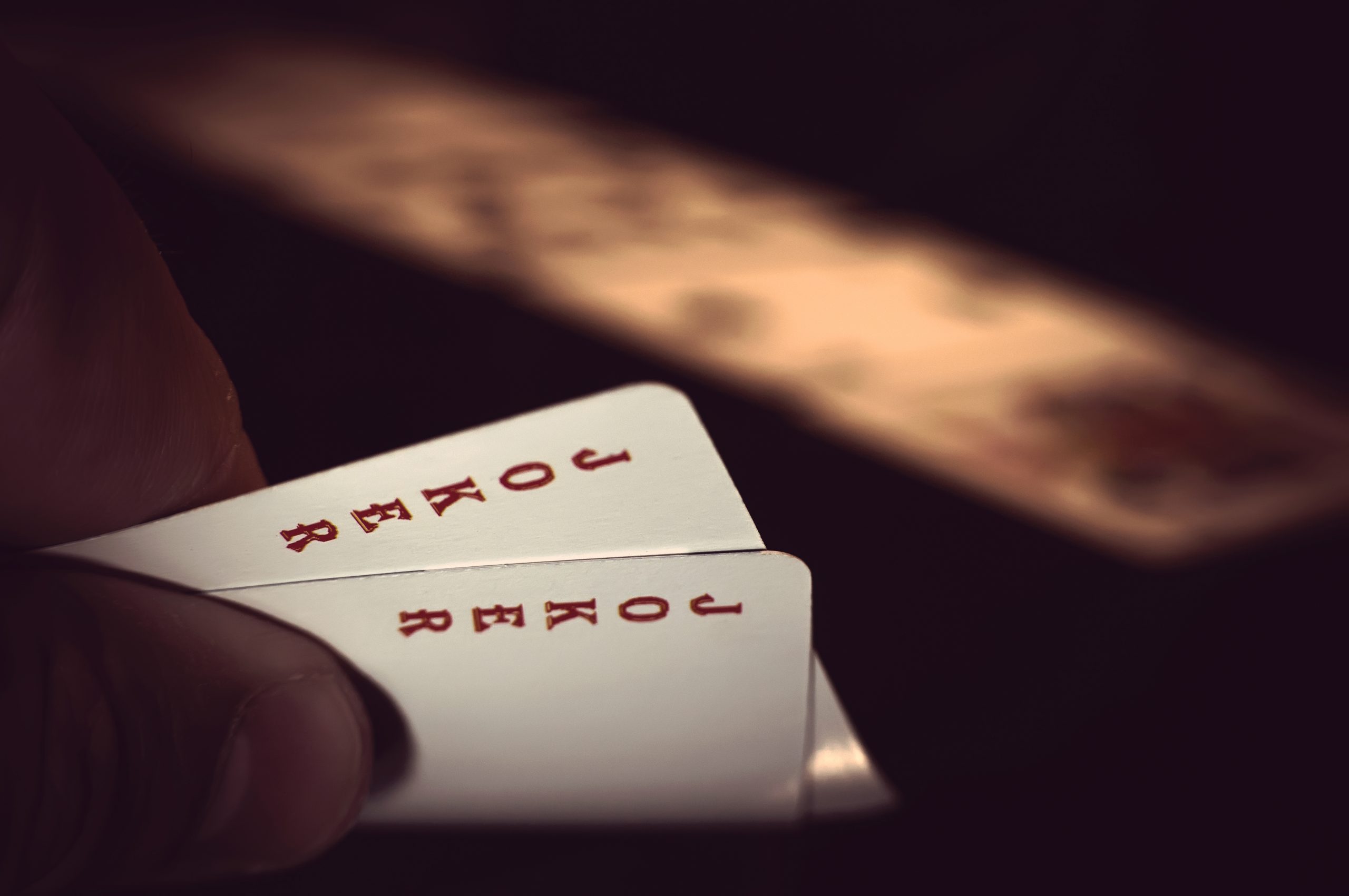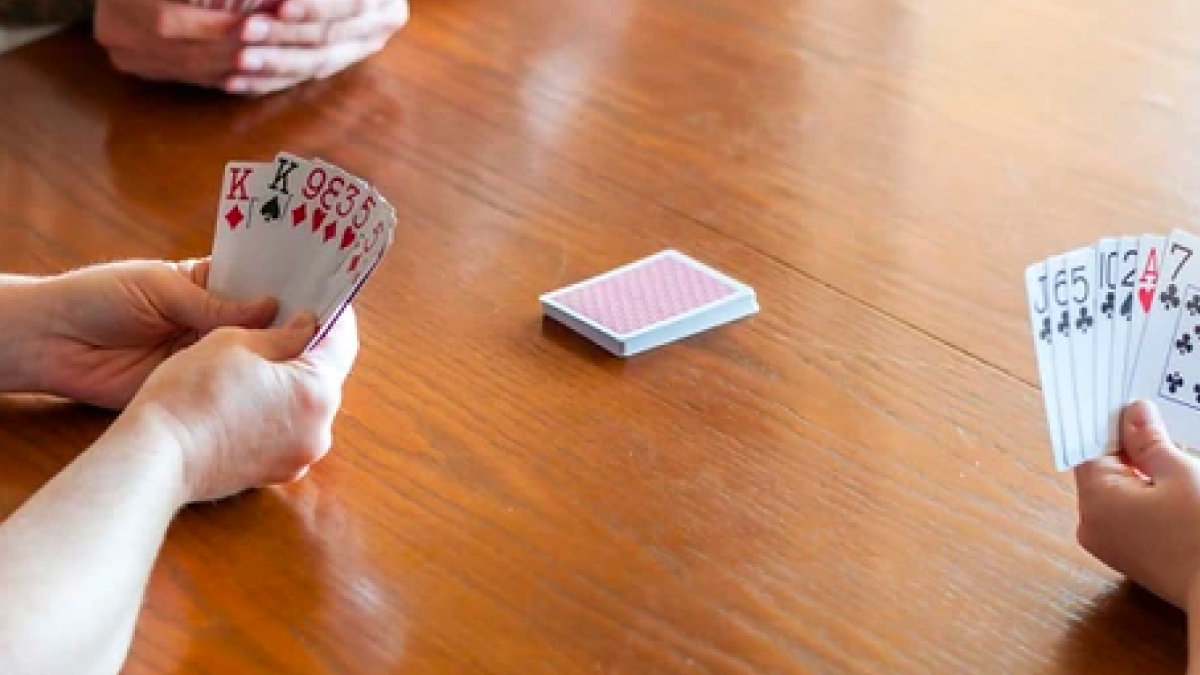Table of Contents
ToggleGo Fish is a fun card game that is essentially made for a younger audience. But all age groups can play it, and the rules are rather easy to learn! The simplicity and engaging rules make it a fun choice for family gatherings and casual night card games. It is much simpler for people who know Rummy, especially when adults are playing the game.
Each player aims to collect sets or books of four matching cards in the game. The first one to lay down their sets, with the maximum number of them, emerges as the winner. Understanding the Go Fish rules allows you to make the game even more enjoyable.
Go Fish Card Game Rules
Below are the essential rules for Go Fish card game that you must learn before you start playing the game.
- The goal of the game is to collect as many sets of 4 cards with the same rank, such as four Kings, as possible.
- Use a standard 52-card deck.
- Deal 5 cards to each player (7 cards if 2 players are involved). The rest of the deck is placed face down.
- Players take turns asking any other player for a specific rank of cards Example: A player can ask another, do you have any 3s? You must have at least one card of the requested rank to ask for it.
- If the player you are asking doesn’t have the requested rank, they say ‘Go Fish,’ and you must draw a card from the deck.
- When a player collects 4 cards of the same rank, they place the set face up in front of them.
- The game continues until all sets of 4 cards are collected. The player with the most sets wins!
- Players keep asking for cards and drawing from the deck until there are no more cards left.
The Go Fish rules are easy to follow and can be grasped in a single game session. Let’s start with the terminology to analyze it better.
To know more about the game, read All About The Go Fish Card Game
Terminology in Go Fish
Hand: The set of cards a player holds in his hands.
Go Fish: When a player draws a card from the deck when the request card is not available, the act is known as “Go Fish.”
Book: A complete set of four matching cards is known as a book or set, e.g. ♠️ King, ♥️ King, ♦️ King, ♣️ King.
Match: The act of collecting four cards of the same rank to form a set.
Draw: To pick up a card from the deck if the opponent doesn’t have the requested card.
Card Rankings: The cards rank from ace to two, from highest to lowest. The suits are not necessary in the Go Fish Rules, only the numbers/ranks.
Requirements to Play Go Fish
- A standard deck of a 52-card deck.
- 2 to 6 players.
How To Play Go Fish

Source: digitalreflections /shutterstock
Let’s understand how to play Go Fish game effortlessly!
Objective
The goal of the game is to make the most number of books, irrespective of suits.
Setup
Before the start of the game, one of the players must be the dealer. Every player should pick one card from the shuffled deck to decide the dealer. The player with the lowest card becomes the dealer.
Now, players sit in a circle around a table, and the dealer shuffles the cards; the player on the dealer’s right cuts the shuffled deck. The dealer starts dealing cards face-down in a clockwise direction, one at a time. If there are fewer than 3 players, each player is dealt 7 cards, per standard Go Fish rules. If the number of players is more than 3, then only 5 cards are received by each player.
The remaining deck of cards is placed face down in the middle of the players as “Ocean.”
Also Read: Top Memory Games For Adults
Gameplay
- The Game Starts
The game begins with the first player to the left of the dealer.
- How to Ask for Cards?
The player to the dealer’s left starts and asks another player for a specific rank of card. For example, “Do you have any 5s?” You can only ask for a rank if you already have at least one card of that rank in your hand. For example, if you have a 5 in your hand, you can ask for more 5s. You can ask any player for the rank, not just the one who dealt to you.
- What Happens If They Have the Card?
If the player you’re asking has the card or cards you requested, they must give you all cards of that rank. After you get the card or cards, you get another turn to ask for a card.
- What Happens If They Don’t Have the Card?
If the player you ask does not have the requested card, they say Go Fish. You then need to draw one card from the draw pile in the middle. After drawing, your turn ends, and it moves to the next player.
- Making Sets of 4
Whenever you collect 4 cards of the same rank, you place them face up in front of you. You keep asking other players for cards to complete more sets.
Winning
As mentioned, the goal of the game is to make the most of the books. Through the gameplay, a player has to make a book— 4 cards of the same kind. When a player makes a book, they have to place their cards face up in the middle of the circle to let other players validate it. The game ends when a player makes all 13 books (13×4=52).
The one player to make the most books wins. During the gameplay, a player may run out of their cards. In that situation, they have to select one card from the draw pile during their turn. If the draw pile also has no more cards left, players with empty hands are out of the game. The number of books they have made is the final.
Facts about the Rules of Go Fish Game
- Some variations of the Go Fish game allow players to ask for any rank, not just ones they already have.
- Some rules for the go fish card game require players to show the card they drew if it matches their request.
- Go Fish has a popular “Happy Families” variation using specially printed cards.
- The Go Fish card game is not just for entertainment. It teaches memory skills, as players must recall which cards others have asked for.
- Go Fish is often considered a children’s game but can be enjoyed by all ages.
Conclusion
Now you know how to play Go Fish! Go Fish offers a straightforward and enjoyable experience for players of all ages. Its simple rules and engaging mechanics make it a versatile game, whether you’re playing the classic version or exploring various fun adaptations. Understand the Go Fish rules, dive into the game, and discover how it can provide endless entertainment!
Also Read: Best 3 Player Card Games For All Card Game Lovers
FAQs
Are you required to keep 7 cards in Go Fish?
According to the Go Fish card game rules, deal 7 cards to each player when there are 2 to 3 players. If there are more than 3 players, deal 5 cards each. Spread the rest of the deck face-down in the middle of the players.
What if you run out of cards in Go Fish?
If you run out of cards in Go Fish, you should draw five additional cards from the draw pile. If the draw pile also contains less than five cards, you should take all the remaining cards. If there are no cards in the draw pile, wait for other players to finish because you’re done playing for now.
Can you lie in Go Fish?
No, you cannot lie when playing Go Fish because the game’s purpose is to ask if someone has a card you need. If you lie, it undermines the go-fish rules by making a false claim that you don’t have a particular card.
How many players are required to play Go Fish?
Two to five players usually play the Go Fish card game, though it can accommodate up to 10 players. It takes about 5-15 minutes to finish.
How to win the Go Fish game?
To win Go Fish:
- Collect the most sets of four matching cards.
- Ask opponents for specific cards; if they don’t have them, draw from the deck.
- Use strategy to remember opponents’ cards and optimize your chances.
- The player with the most sets at the end wins.








